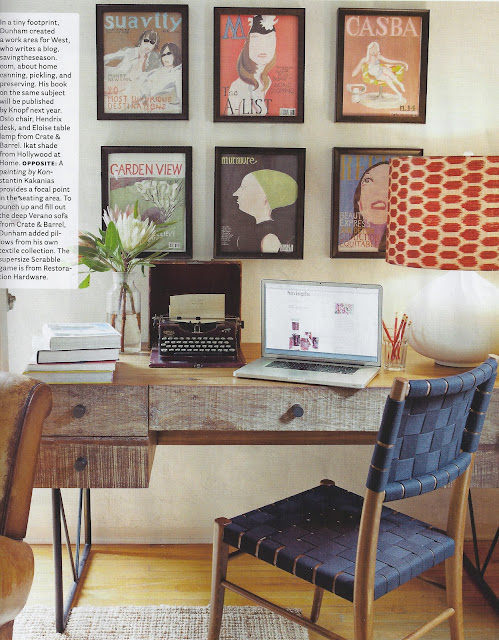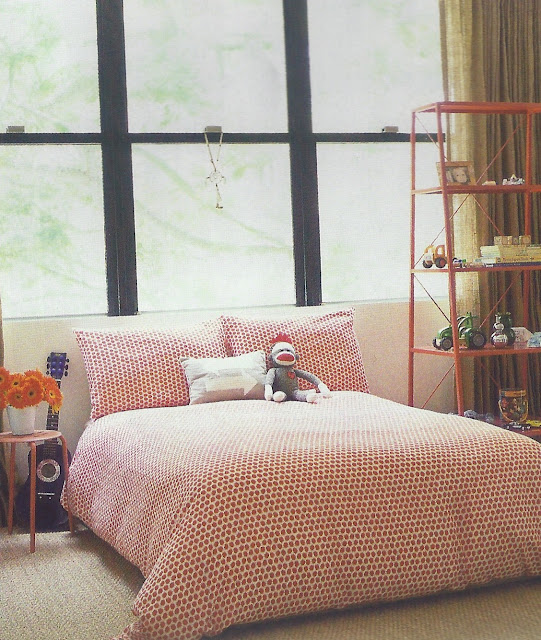Having grown up in rural, southern West Virginia, my primary access to the big world outside came through reading. I couldn't wait to receive my Children's Digest every month! Anyone else remember The Children's Digest? My father made sure that I received it, along with Highlights and Weekly Reader and all the other resources that little geeks like me [I] loved. Because of him, a voracious reader was born. But that's another story...
Isn't Tintin the cutest? The Children's Digest not only introduced me to The Adventures of Tintin, but also Rudyard Kipling, A. A. Milne, and other great authors and fun stories.
In case you aren't familiar with it, The Adventures of Tintin [first published in French: Les Aventures de Tintin] is a series of comic books created by Belgian artist Georges Remi, who wrote under the pen name of Hergé. The series is one of the most popular European comics of the 20th century.
Tintin has long been admired for its clean, expressive drawings in Hergé's signature ligne claire style. [Watch him draw HERE.] Ligne claire [in English, “clear line”] describes comic art that gives equal weight and consideration to every line on the page. Because each line has the same thickness and importance and because the artist does not use hatching or shadowing, he creates a depth of field on the page that brings equal amounts of focus to the background and foreground. Many artists followed who adapted Hergé's style.
Hmmm...I think that Hergé's ligne claire style might be easily compared to the uber-trendy Belgian design that has taken the interior design world by storm.
I can't even say Belgian design without thinking of Axel Vervoordt, regarded as one of the best in our time. Vervoordt combines his profound knowledge of art history and applied arts with a high regard for architecture – plus an artist’s eye for balance, scale and proportion. His aesthetic is studied and followed by the most accomplished architects and interior designers in the world. It's easy to see why.
One of my favorite bloggers, Joni, of COTE DE TEXAS, wrote all about the super popular Belgian design trend way back when. And Belgian design hit the mainstream in the U.S. in a big way when Restoration Hardware added items from BoBo Intriguing Objects, founded by Mark Sage and Rudi Nijssen, of Belgium. I love everything from RH has produced lately – and the Belgian influence throughout their new stuff is unmistakable. Have you seen the massive catalog?
All this talk about great art and design has made me add Belgium to my travel wish list – once this darn recession is over! Can't decide between Antwerp and Brussels. Suggestions, anyone?
Anyway, let's hear it for gorgeous Belgian design! Since most of us don't have our degrees in art history and/or architecture like Mr. Vervoordt, I think I need a more simplified introduction to the style.
How about Ten [or is it Tintin?] Easy Steps to Belgian Design?
1. Exercise ruthless editing, sacrificing everything except items which perform a function. This is Vervoordt again.
2. Make it about the mix – use smooth with rough, high and low, the posh with the earthy. Take a look at Ina Garten's bathtub.
3. Favor solid fabrics over patterns. Decorator Kay Douglass did it well here.
 |
| [image from House Beautiful] |
5. Use mainly light woods.
6. Choose oversized accessories.
7. Keep the color palette simple and create an atmosphere of calm.
8. Ask objects to blend, rather than fight. [Remember Hergé' and equal weight and consideration?]
9. Speak a little Swedish and French: with the antiques and/or furniture, that is.
 | |
| [image from Coté Sud] |
10. Exercise careful and sensitive juxtaposition of art, objects and antiques, paying special attention to scale, form and balance. [Okay, this is the hardest part to master. How does Mr. V do it?]
Well, this brings us full circle to The Adventures of Tintin. In the series, set during a fairly realistic 20th century, young Belgian reporter Tintin is aided in his adventures by his faithful dog, Snowy, a fox terrier.
In the old stories, the plots fearured elements of fantasy, politics, mystery and science fiction. The movie should be great – it's Spielberg, after all.
Tintin in Tibet was my very favorite. [I wasn't aware until recently that the Dalai Lama had praised Tintin in Tibet and given the author a Light of Truth award. That's so cool.]
If it's good enough for the Dalai Lama, I guess it's good enough for me. I might not get to Belgium right away, but I will definitely put on my Belgian pearls and go see the Tintin movie. And I can always make waffles.


































